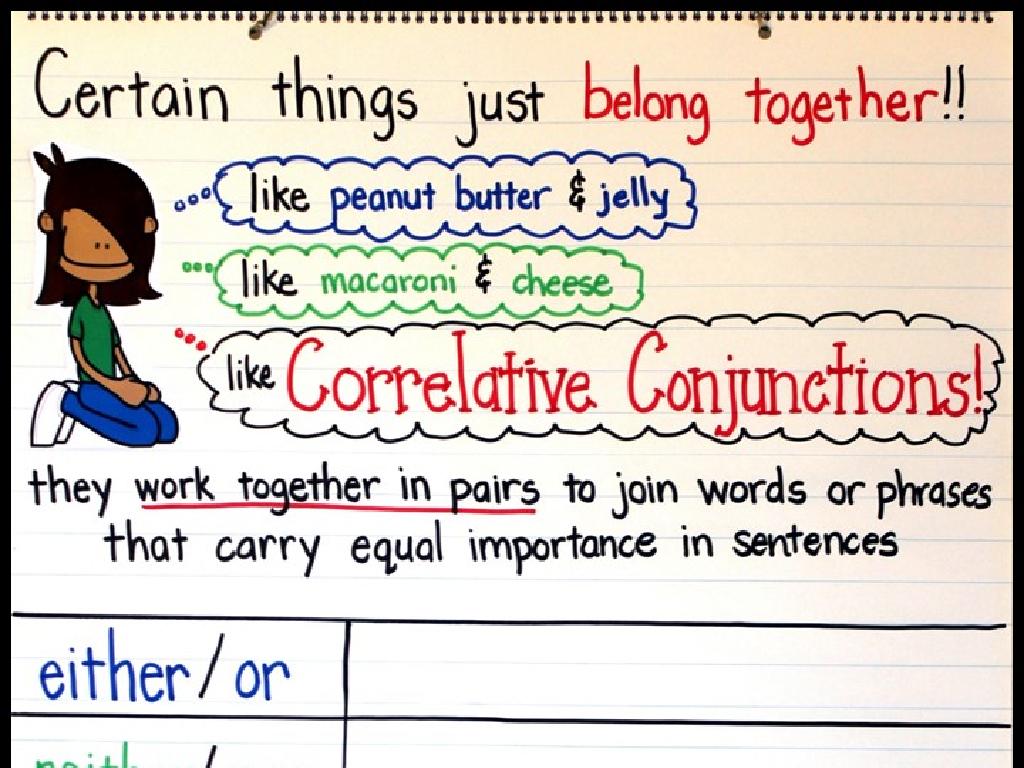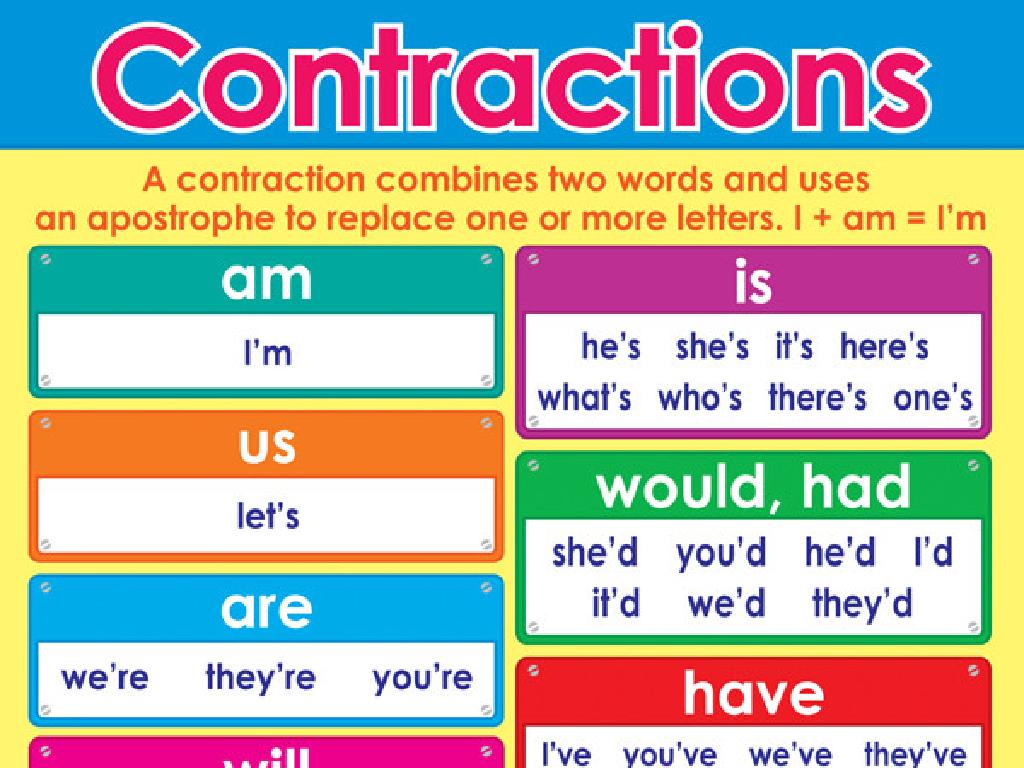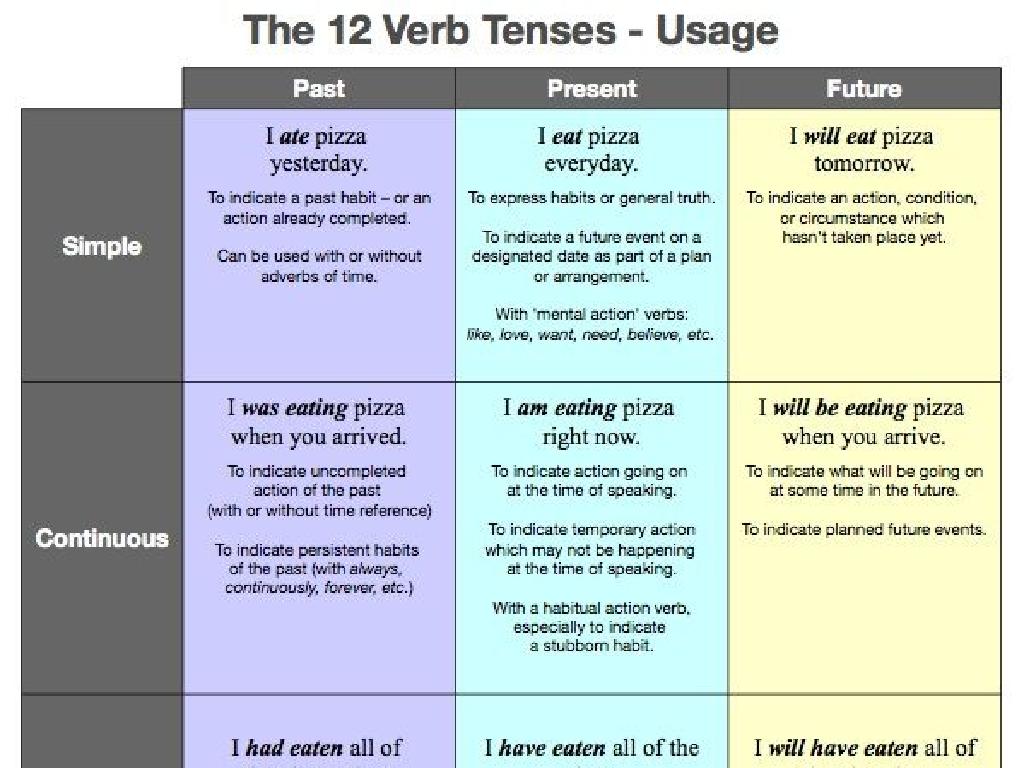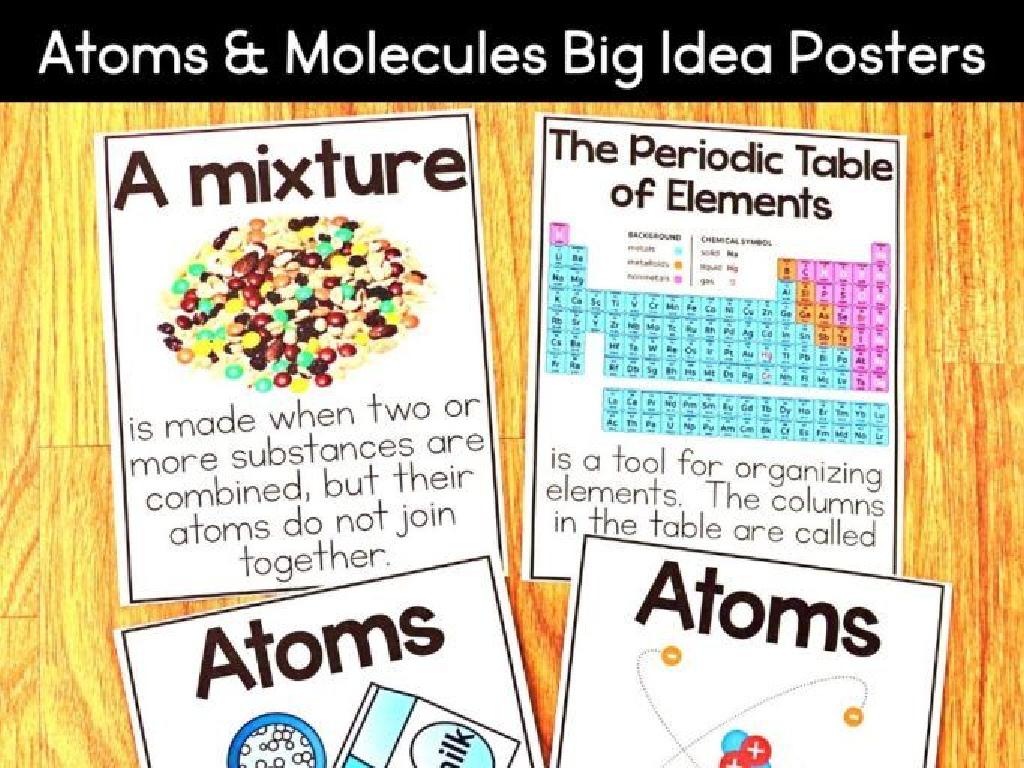The War Of 1812: Causes
Subject: Social studies
Grade: Fifth grade
Topic: Early 19Th Century American History
Please LOG IN to download the presentation. Access is available to registered users only.
View More Content
Exploring the Causes of the War of 1812
– Tensions with Britain escalated
– Britain’s restrictions on U.S. trade and forced recruitment in the navy led to conflict.
– Impressment of American sailors
– American sailors were captured and made to work on British ships.
– Interference with American trade
– Britain’s naval blockade hindered U.S. trade with other countries.
– Native American conflicts influenced by the British
– British support to Native Americans in the frontier led to clashes with U.S. settlers.
|
This slide aims to provide students with a clear understanding of the complex causes leading to the War of 1812. Discuss Britain’s aggressive policies, such as trade restrictions and impressment, which violated American sovereignty and fueled anger. Highlight the British blockade’s impact on American merchants and the controversial support Britain provided to Native Americans, which threatened American expansion. Emphasize the importance of learning about this war to understand how early Americans stood up for their rights and how it shaped the nation’s future. Encourage students to think critically about how these causes could have been addressed differently to avoid war.
Understanding the War of 1812
– A U.S. and Great Britain conflict
– It was a fight over freedom and power
– Known as ‘Second War of Independence’
– Americans felt it was a fight to affirm independence from Britain
– War duration: 1812 to 1815
– Three years of battles and negotiations
|
The War of 1812 was a significant conflict between the United States and Great Britain that is sometimes referred to as the ‘Second War of Independence,’ as it was a struggle for the U.S. to maintain its sovereignty and resist British influence. The war, which lasted from 1812 to 1815, involved several sea battles and frontier skirmishes. It’s important to convey to students that this war helped to solidify America’s independence and national identity. Encourage students to think about what it means to stand up for one’s country and the impact of such a war on the nation’s history.
Causes of the War of 1812
– British trade blockades
– Britain stopped US from trading with others
– American sailors and impressment
– US sailors were forced to join British Navy
– Native American resistance
– Natives resisted US expansion
– British support to Natives
– Britain gave guns to Natives
|
This slide aims to explain the main causes that led to the War of 1812 in a way that is understandable for fifth graders. Discuss the British blockades which prevented the United States from trading with other countries, leading to economic difficulties. Explain impressment, where American sailors were captured and forced to serve in the British Navy, causing outrage among Americans. Highlight the resistance of Native Americans to US expansion into their lands, and how the British supported them by providing weapons, further escalating tensions. Use examples like a schoolyard scenario where one group prevents another from playing in certain areas (trade restrictions) or someone being forced to play on a different team (impressment) to help students relate to the historical events.
Causes of the War of 1812: Trade and Tension
– The Embargo Act explained
– A law to stop trade with Britain and France, which hurt American merchants
– Chesapeake-Leopard Affair
– British ship Leopard attacked US ship Chesapeake, causing outrage
– American reactions to conflict
– Many Americans felt angry and disrespected by British actions
– Impressment of American sailors
– British forced American sailors to work on their ships, leading to anger
|
This slide introduces students to the economic and diplomatic tensions that contributed to the War of 1812. The Embargo Act was America’s attempt to respond to British and French trade blockades, which unfortunately backfired and harmed American trade. The Chesapeake-Leopard Affair was a significant incident where a British ship attacked an American ship, which escalated tensions. Impressment, or the British practice of forcing American sailors into their navy, was another major grievance. Discuss how these events made Americans feel violated and led to a surge in nationalism, setting the stage for war. Encourage students to think about how they would feel if another country imposed restrictions on their freedoms.
Native American Resistance in the War of 1812
– Tecumseh’s Native American Confederacy
– Tecumseh united tribes to resist U.S. expansion
– The Battle of Tippecanoe
– A clash between U.S. forces and Tecumseh’s followers
– British support to Native Americans
– British provided arms, escalating conflict
– Rising tensions lead to war
|
This slide explores the role of Native American resistance as a cause of the War of 1812. Tecumseh’s Confederacy was an alliance of Native American tribes formed to resist the encroachment of settlers on their lands. The Battle of Tippecanoe was a significant confrontation between American forces and Tecumseh’s followers, which increased hostilities. British support to Native Americans, including providing arms, further heightened tensions and contributed to the outbreak of war. Discuss with students how these events showed the growing conflict between different groups and nations over control of land in North America.
War Hawks and the Push for War
– Who were the War Hawks?
– Young congressmen who wanted to fight Britain
– Advocating for war with Britain
– They argued Britain was bullying America
– Nationalism and expansion
– Pride in the country led to wanting more land
– Effects on the War of 1812
|
The War Hawks were a group of young congressmen who played a significant role in pushing the United States into war with Britain. They felt that Britain’s actions were aggressive and that America needed to stand up for itself. Nationalism, or pride in one’s country, was a driving force behind the desire to expand the nation’s territory. This sentiment contributed to the eagerness for conflict, which ultimately led to the War of 1812. Discuss with students how nationalism can influence a country’s decisions and the impact of the War Hawks’ advocacy on American history.
The Declaration of War: The War of 1812
– President Madison’s leadership
– Madison decided to take the U.S. to war
– Historic Congress war vote
– First time Congress officially declared war
– Mixed U.S. reactions to war
– Some Americans were for it, others against
– Understanding national division
|
This slide delves into the pivotal moment when the United States declared war in 1812, marking a significant event in American history. President James Madison played a crucial role in leading the nation into conflict, influenced by pressures of ongoing British aggression. It was the first instance in which the U.S. Congress exercised its power to declare war, setting a precedent for future conflicts. The decision, however, was met with mixed reactions from the American public, reflecting regional differences and political divides of the time. Some supported the move as a stand against British interference, while others feared the economic and human costs of war. This division is an important concept for students to understand as it showcases the complexity of national sentiment and the democratic process.
Review and Reflection: Causes of the War of 1812
– Reasons for the U.S. war with Britain
– Impressment of sailors, trade restrictions, and territory disputes
– Most significant cause of the war
– Discuss which cause had the biggest impact and why
– Hypothetical: no War of 1812
– Imagine how America might be different without the war
|
This slide aims to consolidate students’ understanding of the complex causes leading to the War of 1812. It encourages critical thinking by asking them to evaluate the significance of different causes and to consider alternative historical outcomes. Impressment of American sailors by the British Navy, trade restrictions imposed by Britain, and territorial disputes were all catalysts for the war. Students should reflect on these points and form an opinion on which was most significant. Additionally, they should use their imagination and understanding of the war’s outcomes to discuss how American history might have changed if the war had not occurred. This exercise will help students grasp the concept of cause and effect in history and the long-term impact of historical events.
Class Activity: Debate on War of 1812 Causes
– Split into three groups
– Discuss your assigned cause
– Trade restrictions, sailor impressment, or Native American resistance
– Present your cause to the class
– Argue why your cause had the biggest impact on starting the War of 1812
– Vote on the most convincing cause
|
This activity is designed to engage students in a debate about the significant causes of the War of 1812, fostering critical thinking and public speaking skills. Divide the class into three groups, each focusing on one of the following causes: trade restrictions imposed by Britain, the impressment of American sailors into the British navy, or resistance by Native Americans. Each group will research and discuss their assigned cause, then present their arguments to the class, aiming to persuade their classmates that their cause was the most significant in leading to the War of 1812. After the presentations, hold a class vote to determine which argument was the most convincing. This will not only help students better understand the complexities of historical events but also encourage them to consider multiple perspectives.






